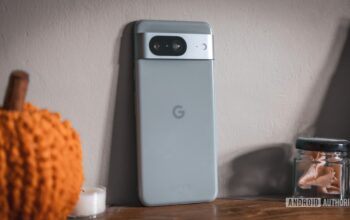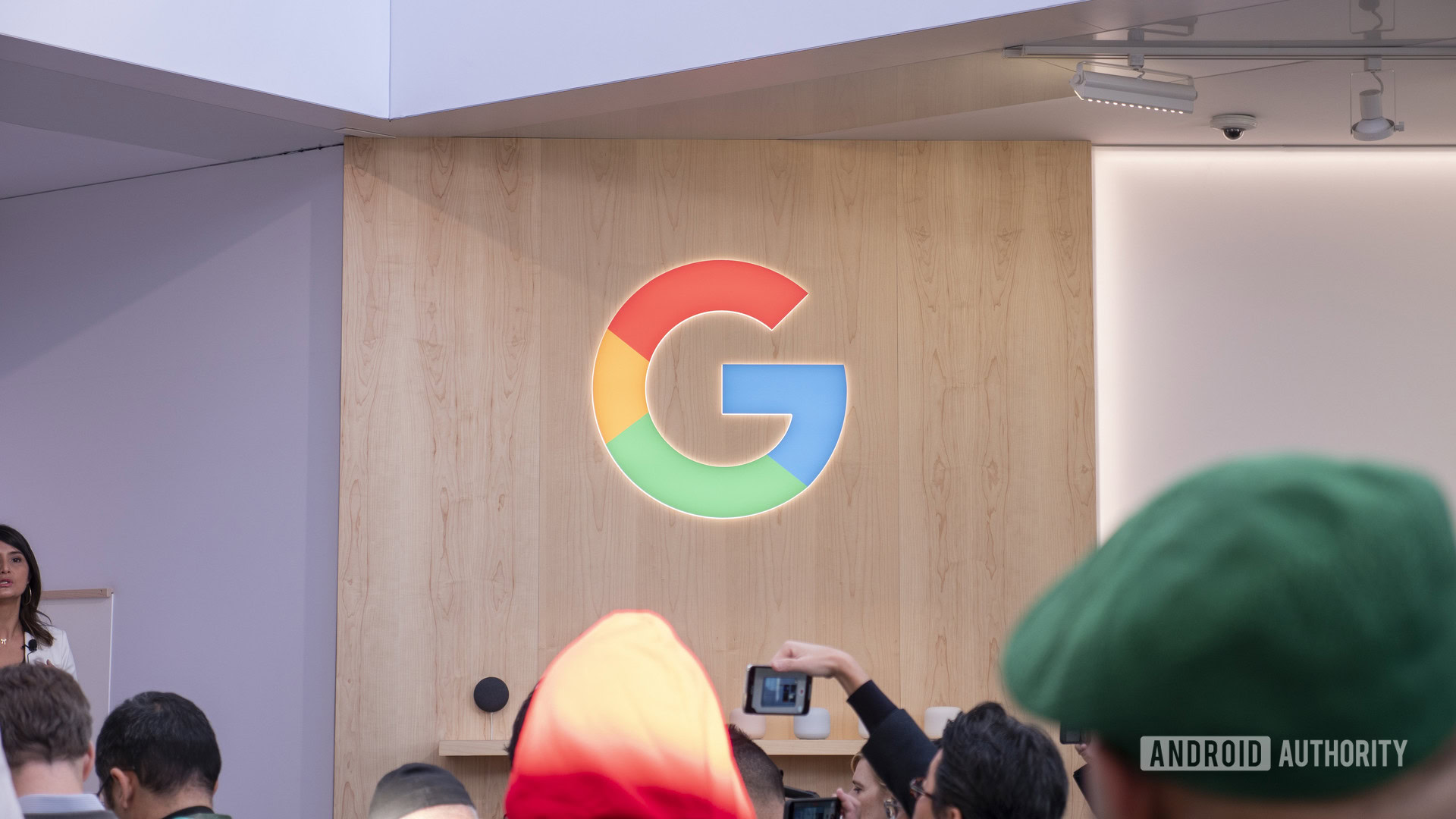
With natural language chatbots like ChatGPT gaining popularity, it was only a matter of time before competition ramped up. Google’s Bard AI is a rival chatbot designed to complement the company’s search engine. Bard is based on Google’s LaMDA language model, which is similar to ChatGPT’s GPT-3.5. This means that it can have conversations on a variety of topics and generate brand-new text that doesn’t exist anywhere else.
But what exactly separates Google’s Bard from the other ChatGPT alternatives you can use today? Here’s everything you need to know.
What is Google’s Bard AI?
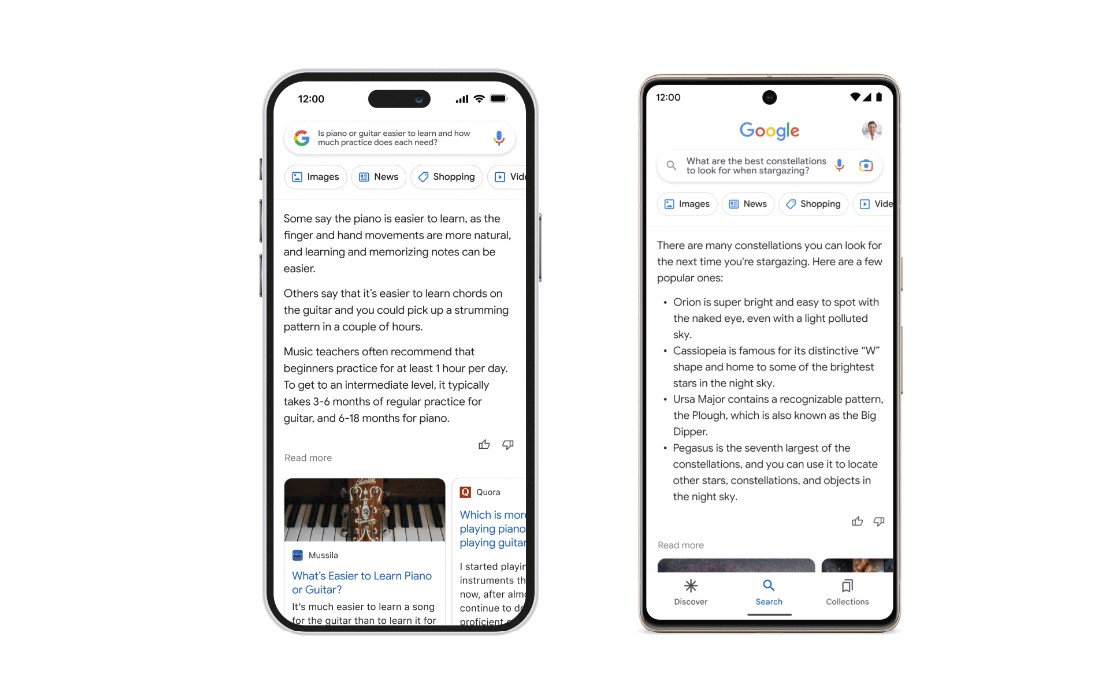
The company says Bard can help with creative tasks, explaining complex topics, and generally distilling information from various sources on the internet. The chatbot will also be able to help with nuanced queries like finding recipes tailored to the ingredients you have in your fridge. That isn’t something you can do with Google Search alone today.
Bard transforms Google from a humble search engine to a capable virtual assistant.
In its announcement blog post, Google said we could use the chatbot to “learn more about the best strikers in football right now, and then get drills to build your skills” or “explain new discoveries from NASA’s James Webb Space Telescope to a 9-year-old.”
Beyond simple questions, you can also ask for opinions like “Is piano or guitar easier to learn and how much practice does each need?” These open-ended questions can be difficult to answer even for a human, requiring at least a few minutes of research.
However, Google says that Bard can condense information from dozens of web pages into just a handful of paragraphs. Based on the images and demos we have seen so far, these responses may show up at the top of search result pages.
How does Google Bard work?
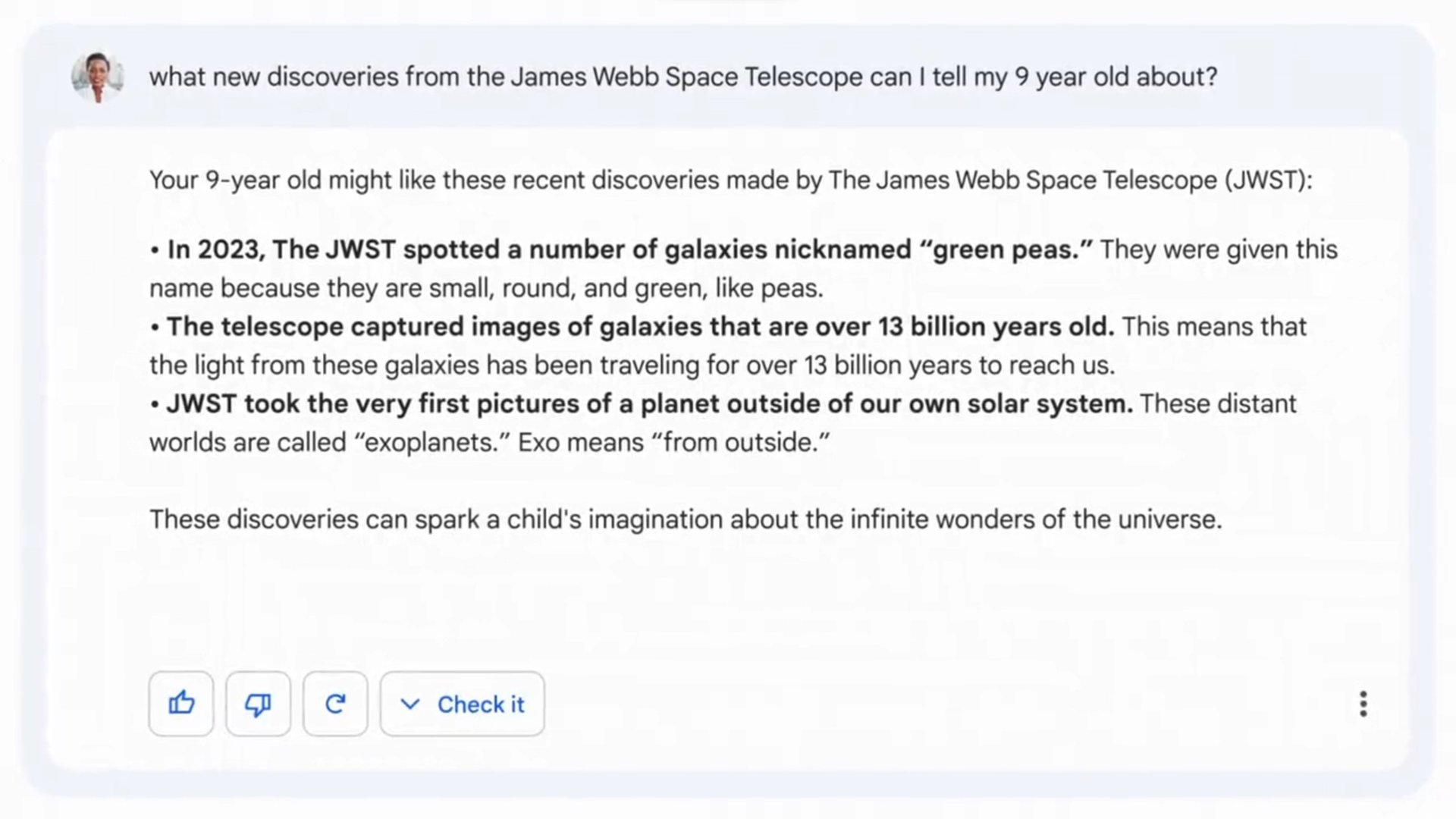
As mentioned earlier, Google’s Bard chatbot shares some similarities with ChatGPT. Both use a large language model at their core and have been optimized for open-ended conversations. However, they do not use the same model — ChatGPT uses GPT-3.5, while Bard is set to use Google’s own LaMDA model.
Bard uses a different language model compared to ChatGPT, which may affect how well it works.
The problem with large language models like LaMDA and ChatGPT is that even though they can generate text remarkably well, the quality of responses varies wildly. Why? Because the chatbot’s ability to generate text depends on its training data. For example, ChatGPT has a knowledge cut-off date of 2021. If you ask about events that took place after, it may respond with completely made-up information. Likewise, any biases in the training data can also lead to skewed responses.
These two limitations likely explain why Google has taken so long to bring Bard to market. Bard could potentially generate inaccurate but authoritative-sounding answers, which could then lead to the spread of misinformation. In fact, this exact situation has already played out. Google’s stock tumbled when the company released an official demo video that showed Bard making a factual error.
What is LaMDA?
LaMDA stands for Language Model for Dialogue Applications. In plain English, it’s a machine learning model that’s trained on text samples and optimized to predict words and sentences. The result is a conversational chatbot that outputs human-like dialogue.
To build LaMDA, Google used its own open-source Transformer-based neural network architecture and refined the model for dialogue. Incidentally, OpenAI uses the same Transformer architecture for its GPT family of language models. Google used a dataset of 1.56 trillion words for LaMDA, which it sourced from “public dialog data and other public web documents”. This implies that the company has specifically trained LaMDA for conversational tasks.
LaMDA is Google’s language model that it has developed in-house and behind closed doors.
According to a Google Research blog post, LaMDA has three key objectives: quality, safety, and groundedness. In a nutshell, these goals help the chatbot generate responses that make logical sense and sound interesting in the context of a prompt. For example, LaMDA will never respond with something generic like “I see” or “I’m glad to hear that”.
To improve the factual accuracy score, Google gave LaMDA the ability to seek information from external sources. In other words, it can search the internet in real-time to augment its responses.
How to use Google Bard AI?
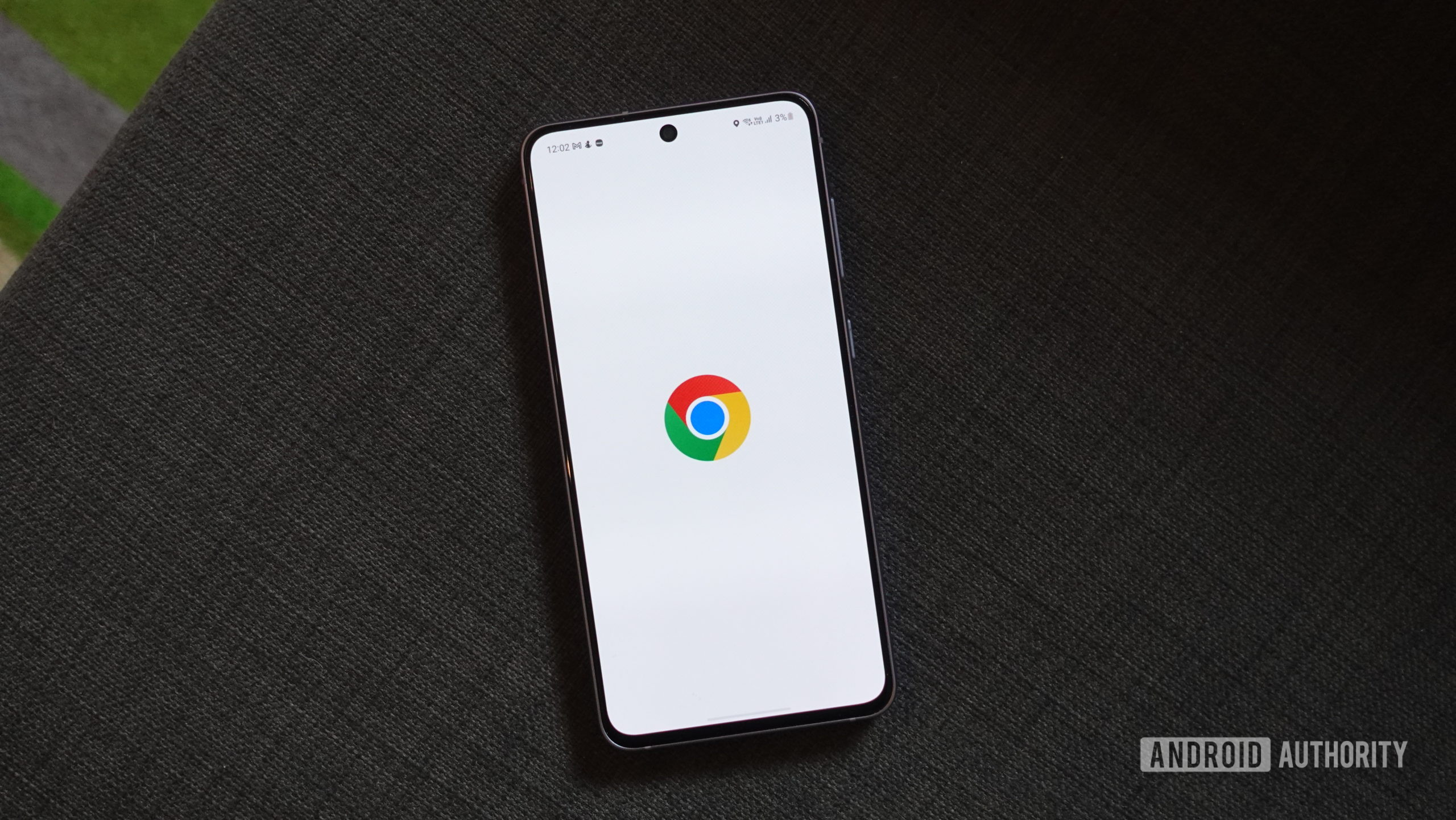
Calvin Wankhede / Android Authority
Unfortunately, Google hasn’t revealed information about Bard’s general availability just yet. The latest information we have is that the chatbot is available to “trusted testers” at the moment. Google says it will open up access to the general public over the coming weeks but we don’t have a concrete timeline.
Given the huge demand for conversational chatbots, Google will likely restrict access to a small number of users initially. In other words, Bard’s preview phase might be locked behind a waitlist similar to the one you have to join for Bing Chat right now.
Bard hasn’t released yet, but we expect public rollout to begin soon.
Like other machine learning-based chatbots, Bard will likely cost Google a lot of money in computational resources. According to some estimates, each chatbot response will cost the company ten times as much as a regular search. Limiting Bard’s visibility and usage to a small number of users could help the company scale these costs over time.
Bard AI vs ChatGPT: How do they compare?
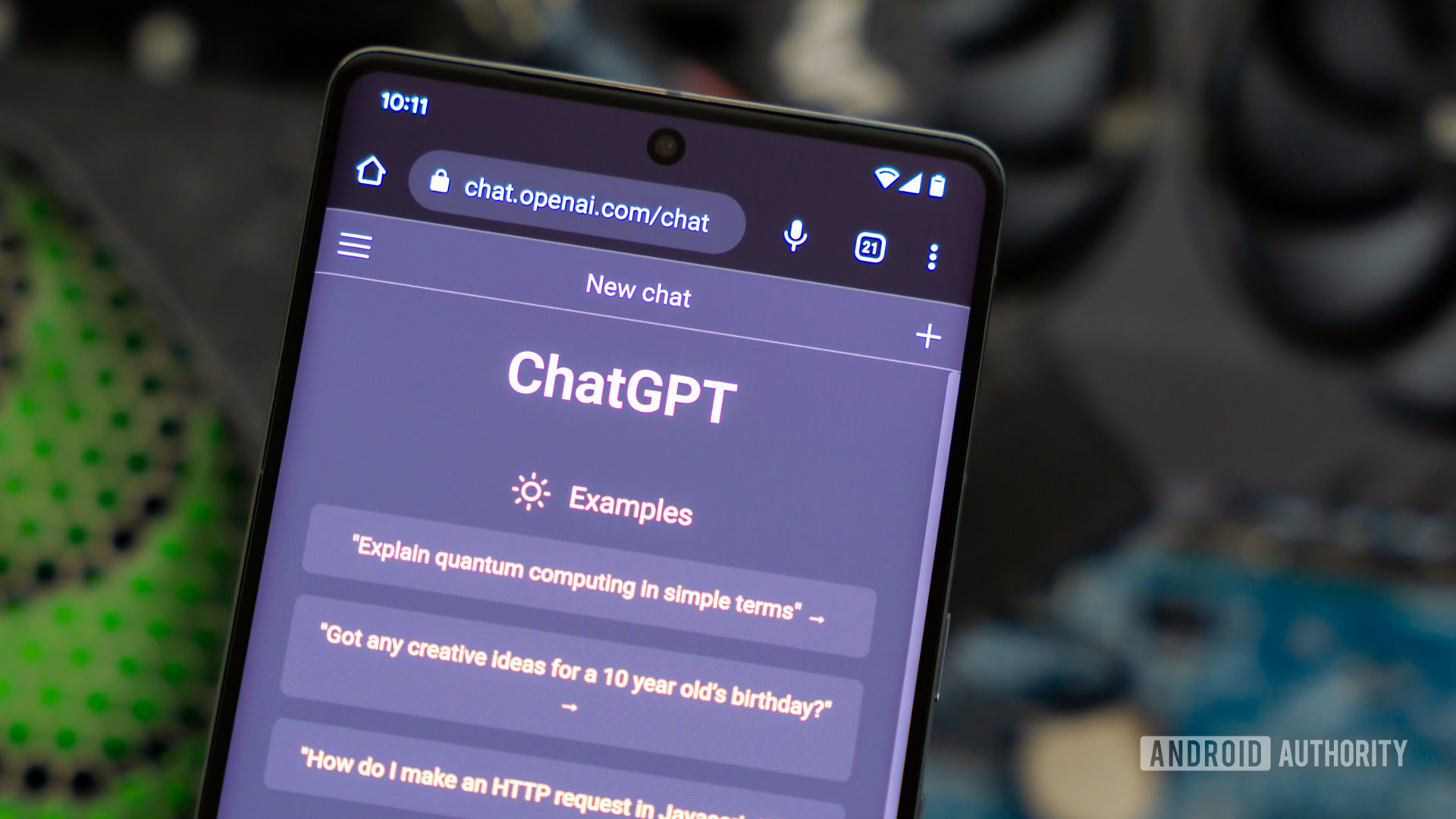
Edgar Cervantes / Android Authority
The biggest difference between Bard and ChatGPT is that Google’s chatbot will have access to live information on the internet. That’s unlike ChatGPT, which only has access to the text in its training data collected prior to 2021.
Bard may also fit into various non-search Google products like Android, Chrome OS, Gmail, Docs, and even the Chrome web browser. Microsoft, for its part, has already integrated Bing Chat into the Edge web browser, Skype chats, and the Teams app.
With these integrations, you could potentially ask Bard to summarize websites and write documents directly in apps, without any copy-pasting involved. You may also be able to interact with Bard using your voice, which is something you cannot do with ChatGPT.
Google’s Bard chatbot could offer voice interaction and other benefits over ChatGPT.
The other difference relates to their language capabilities — Bard will give us our first taste of Google’s LaMDA model. So far, virtually all AI chatbots (including ChatGPT and Bing Chat) have relied on some variation of OpenAI’s GPT-3.5 model instead. Google’s model may perform just as well or better, but we’ll only know for sure once Bard releases.
Finally, Google’s Bard chatbot may also deliver shorter responses to help users find what they’re looking for faster. This means that if you need to write up a long essay or email, ChatGPT’s high character limit may offer a better experience. That said, Bing Chat did recently gain a “Creative” mode, which allows it to generate longer responses.
FAQs
Google hasn’t said when the general public will be able to access its Bard chatbot. If the company follows Microsoft’s footsteps, we may see a limited rollout or a waitlist implemented at first.


